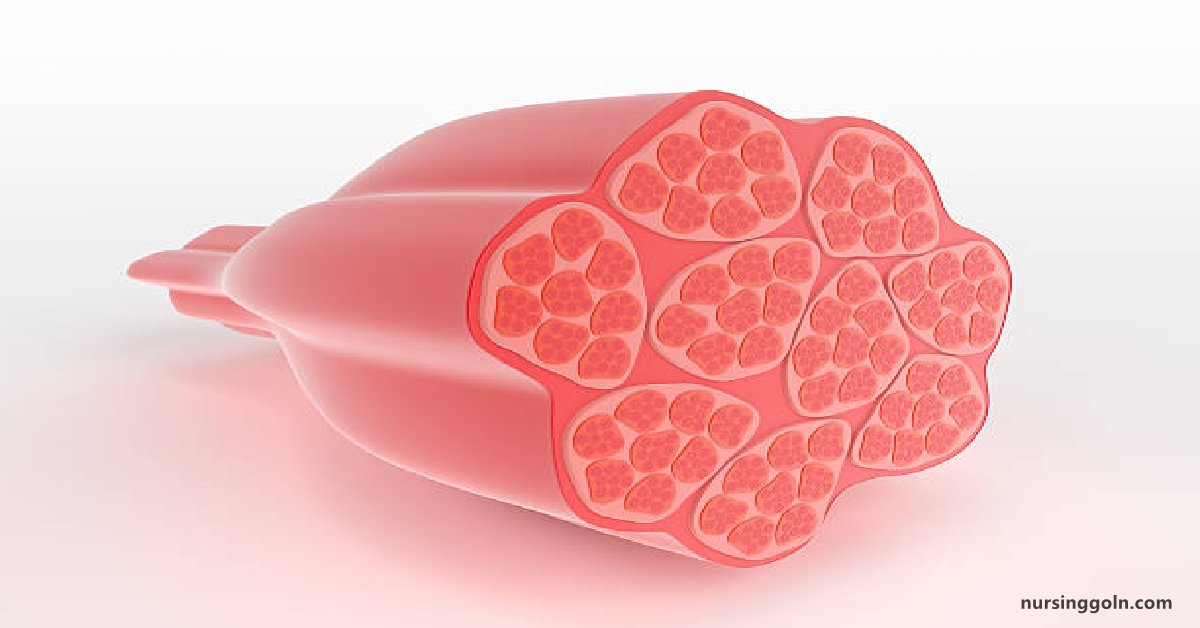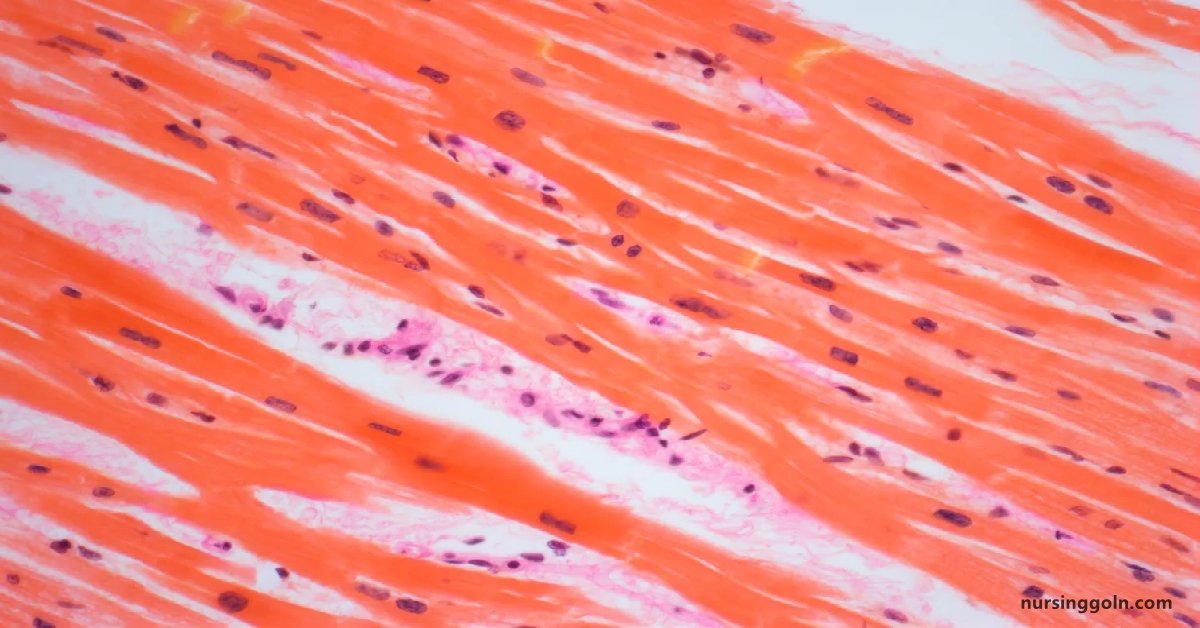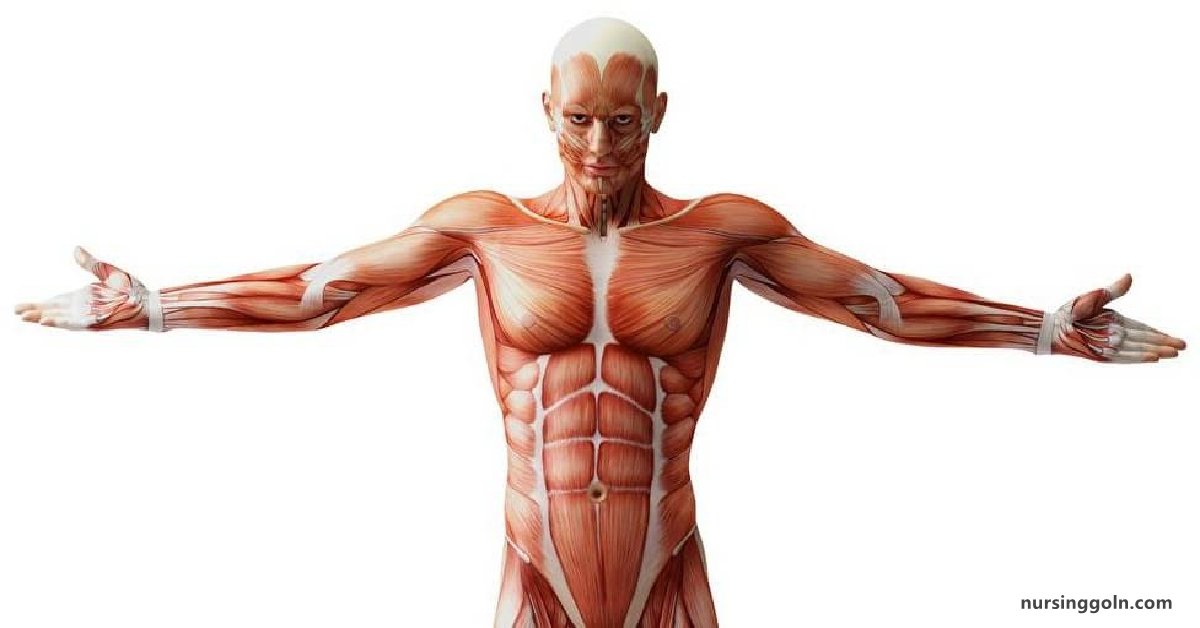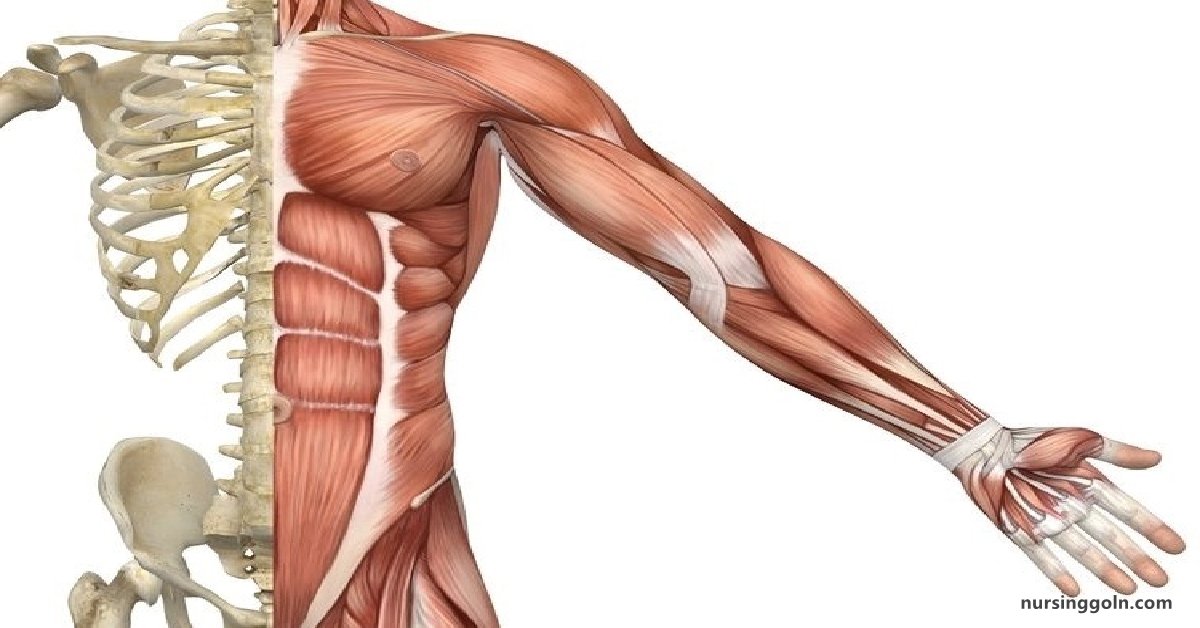Todays our topic of discussion is ” Overview of Muscle Tissues “. Muscle tissues are specialized tissues that contract to generate force and movement. They play essential roles in various functions of the body, from voluntary movement of our limbs to involuntary activities such as the beating of our heart. Understanding muscle tissues is pivotal for appreciating the range of dynamic activities the human body can perform. In this overview, we will delve into the types of muscle tissues, their structures, functions, and their significance in overall bodily function.

Overview of Muscle Tissues: Human Muscle Tissue
Types of Muscle Tissues
- Skeletal Muscle: These are voluntary muscles that are attached to the bones and are responsible for the movement of the skeleton. They are also known as striated muscles due to their appearance under the microscope, showing alternating light and dark bands.
- Cardiac Muscle: Found exclusively in the heart, these muscles are responsible for pumping blood throughout the body. They are also striated, but unlike skeletal muscles, they are involuntary.
- Smooth Muscle: These are involuntary muscles found in the walls of organs and structures such as the stomach, intestines, and blood vessels. They lack the striations seen in the other two muscle types.

Structural and Functional Characteristics
- Skeletal Muscle:
- Structure: These muscles consist of long, cylindrical cells called muscle fibers. Each fiber is multi-nucleated and has a banded appearance due to the arrangement of protein filaments, actin, and myosin.
- Function: Skeletal muscles are responsible for body movements such as walking, jumping, and lifting. They also play roles in maintaining posture and generating heat.
- Cardiac Muscle:
- Structure: Cardiac muscle cells or cardiomyocytes are branched and interconnected through structures called intercalated discs. These discs enable rapid electrical and mechanical connection between adjacent cells.
- Function: The synchronized contraction of cardiac muscle pumps blood to various parts of the body. Their automaticity and rhythm are maintained by the heart’s intrinsic electrical system.
- Smooth Muscle:
- Structure: Cells are spindle-shaped with a single nucleus in the center. There is no visible striation.
- Function: They play a crucial role in processes such as moving food through the digestive tract, regulating blood flow, and facilitating childbirth.

Regulation and Control
Muscle contraction, regardless of the type, is a result of interactions between actin and myosin filaments, a process powered by ATP, the cell’s energy currency.
- Skeletal Muscle: Nerve impulses from the central nervous system initiate skeletal muscle contraction. The neuromuscular junction, a specialized synapse, allows for the transfer of the nerve impulse to the muscle fiber.
- Cardiac Muscle: The heart’s natural pacemaker, the sinoatrial (SA) node, regulates cardiac muscle contraction. Electrical impulses from the SA node spread throughout the heart, causing a coordinated heart contraction.
- Smooth Muscle: Contractions can be initiated by autonomic nervous stimuli, hormones, or local factors. The mechanism involves calcium ions and regulatory proteins but is more complex and slower than in skeletal and cardiac muscles.
Growth and Repair
- Skeletal Muscle: These muscles can grow in size (hypertrophy) primarily through resistance training that induces muscle fiber microtears. Over time, with rest and proper nutrition, these fibers heal and grow larger. However, the number of muscle fibers remains relatively constant throughout life.
- Cardiac Muscle: Cardiomyocytes have a limited ability to regenerate. After damage, such as a heart attack, scar tissue often forms, impairing heart function.
- Smooth Muscle: They have a better regenerative capacity compared to skeletal and cardiac muscles. This is especially significant in organs like the uterus, which expands during pregnancy and returns to its original size post-delivery.

Significance in Health and Disease
Understanding muscle tissue’s anatomy and physiology is vital for diagnosing and treating various conditions:
- Skeletal Muscle: Disorders can range from muscular dystrophies, which are genetic diseases causing progressive muscle weakness, to myasthenia gravis, an autoimmune disease affecting neuromuscular transmission.
- Cardiac Muscle: Diseases like myocardial infarction (heart attack), cardiomyopathies, and arrhythmias highlight the importance of maintaining cardiac muscle health.
- Smooth Muscle: Conditions such as asthma (smooth muscle constriction in airways) and irritable bowel syndrome (altered smooth muscle contraction in intestines) underscore their role.
Conclusion
Muscle tissues are diverse in their structure, function, and regulation, underscoring their importance in maintaining health and supporting life’s various activities. From the voluntary movements that allow us to engage with our environment, to the involuntary rhythms that keep us alive, muscle tissues remain an incredible testament to the intricacy and marvel of the human body. Understanding them more deeply equips us better to appreciate, care for, and heal our bodies.

Read more:
